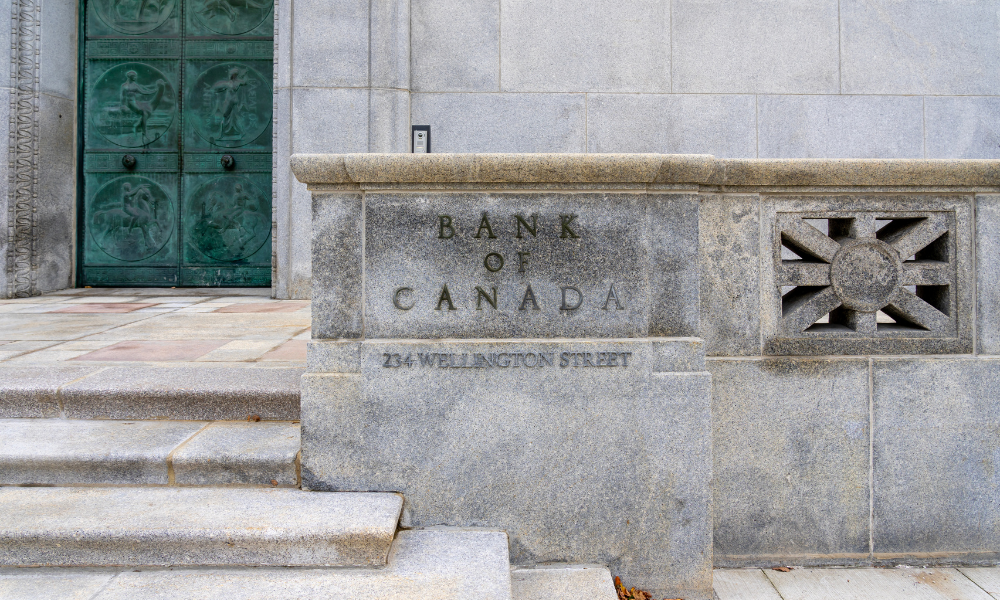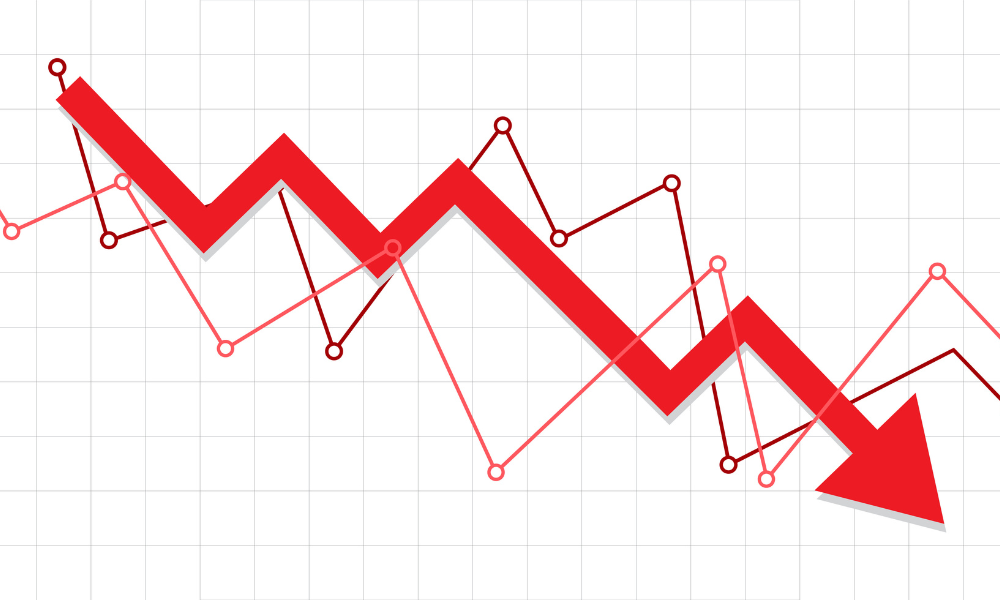Central bank weighs pause or cut as inflation climbs and US trade shifts rattle economic outlook

The Bank of Canada faces a complex decision on interest rates this week, navigating unstable global trade conditions, political uncertainty, and shifting financial markets.
According to The Globe and Mail, the central bank must decide whether to implement another quarter-point rate cut, which would bring the benchmark rate to 2.5 percent, or pause after seven consecutive reductions.
Governor Tiff Macklem signalled last month that traditional economic forecasting is inadequate due to the volatility of US President Donald Trump’s tariff policy.
“We need to set policy that minimizes the risk. That means being less forward-looking than normal until the situation is clearer. And it may mean acting quickly when things crystallize,” he said.
Since then, economic circumstances have remained in flux.
After initially imposing sweeping tariffs on all Canadian imports in March, the US later exempted goods that comply with the continental free trade agreement.
However, levies on automobiles, steel, and aluminum remain.
In early April, Trump announced additional tariffs on other countries, only to pause implementation after a sharp market downturn. The administration also escalated tariffs on Chinese goods to 145 percent.
These developments have created what economists term a “stagflation” shock, where economic growth slows while inflation rises.
David Dodge, former Bank of Canada governor, said the central bank faces a dilemma due to multiple signs of economic weakness.
He explained, “The problem is they’ve got a slowing economy in the United States, they have a slowing economy in the world, they have a slowing domestic economy.”
These conditions, he noted, would suggest moving interest rates to the lower end of the neutral range.
The Bank estimates that range to be between 2.25 percent and 3.25 percent.
David Dodge added that current developments are clearly driving inflationary pressures, pointing to both tariffs and the resulting disruptions.
He stated, “You have the responsibility to stabilize prices which would tell you to keep rates the same or push them up.”
Given this tension, Dodge noted, “there is actually a great advantage to doing nothing.”
Market data from interest rate swaps reflects this uncertainty, showing a 60 percent likelihood of a pause and 40 percent chance of a cut—marking a more even split than before previous announcements.
The inflation rate climbed to 2.6 percent in February, up from 1.9 percent in January, breaching the Bank’s 2 percent target for the first time in seven months.
But analysts attribute some of this increase to the expiration of the GST and HST tax holiday—a one-time factor.
Upcoming data could also be skewed by the end of the carbon tax and a recent sharp drop in gas prices.
Statistics Canada will release March inflation numbers on Tuesday, a day before the rate decision. The timing adds further complexity to the Bank’s choice.
Other indicators offer mixed signals. GDP has exceeded expectations, indicating a stable start to 2025 for the Canadian economy.
However, job figures have weakened and sentiment surveys by the Bank reveal growing concerns from businesses and consumers about a trade war with the US.
Toronto-Dominion Bank strategists, led by Andrew Kelvin, noted that the Bank has prioritised “backward-looking hard data,” while forward-looking indicators remain weak.
“Normally that would be a tricky balancing act for a forecaster, but the Bank was so kind as to tell us that they were going to focus on the backward-looking hard data. The 90-day global tariff ramp down really just helps cement the pause,” they wrote.
Avery Shenfeld, chief economist at Canadian Imperial Bank of Commerce, expects a cut, citing multiple downside risks.
Shenfeld noted that the central bank could justify delaying a decision until June, as the economic impact of waiting would be minimal.
However, he stated, “The advantage of moving now is that the accompanying Monetary Policy Report can’t avoid talking about the downside risks to growth.”
He added that, given the gloomy backdrop, a 25 basis point Easter move could provide “a little cheer” from central bankers.
One easing factor for the Bank of Canada is the recent appreciation of the Canadian dollar, which rose to over 72 US cents from under 70 US cents in March.
This helps make imports cheaper and reduces inflationary effects from Ottawa’s countertariffs.
The central bank will release its quarterly Monetary Policy Report alongside its rate announcement.
While this document typically includes forecasts for growth and inflation, Macklem suggested the Bank may avoid issuing a central scenario this time due to prevailing uncertainty, a move last seen in the early months of the COVID-19 pandemic.


